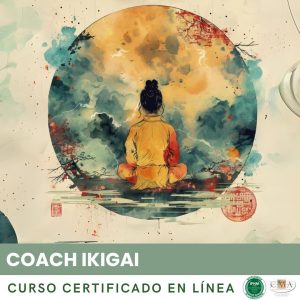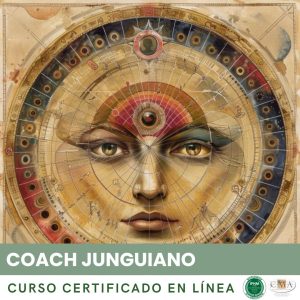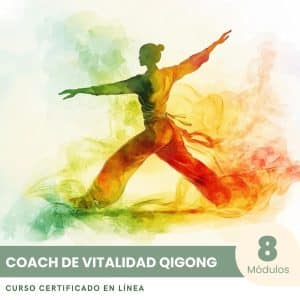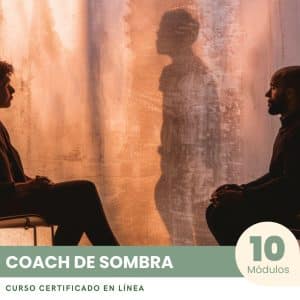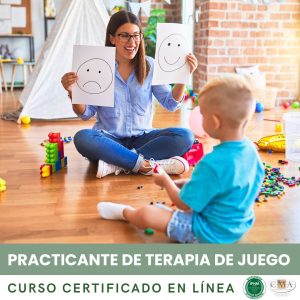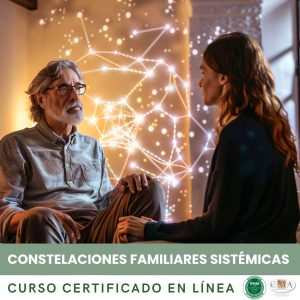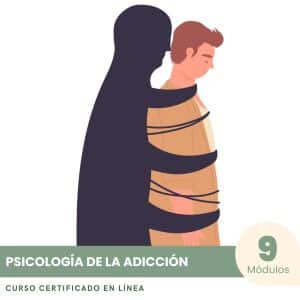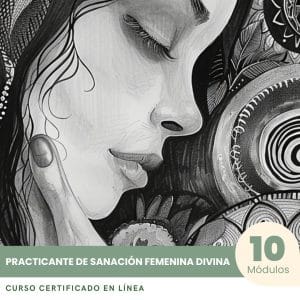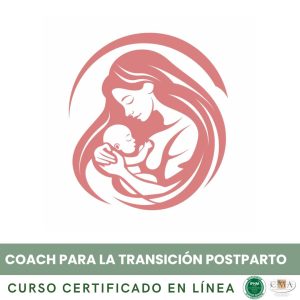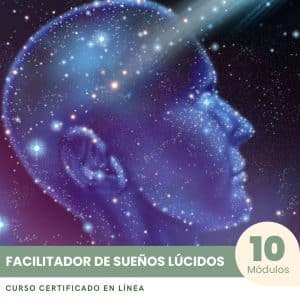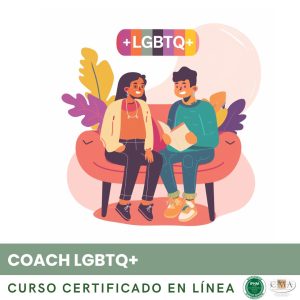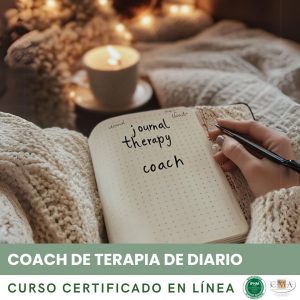Practicante de Punto de Liberación Profunda - Curso Certificado
1 X El precio original era: $247.00.$62.00El precio actual es: $62.00.
= $62.00
Programa de Excelencia en Chamanismo del Antiguo Egipto
1 X El precio original era: $247.00.$62.00El precio actual es: $62.00.
= $62.00
Practicante de I Ching - Curso Certificado
1 X El precio original era: $247.00.$62.00El precio actual es: $62.00.
= $62.00
Practicante de Curación de Traumas - Curso Certificado
1 X El precio original era: $247.00.$62.00El precio actual es: $62.00.
= $62.00
Entrenador Transformacional - Curso Certificado
1 X El precio original era: $247.00.$62.00El precio actual es: $62.00.
= $62.00
Entrenador de Salud Hormonal - Curso Certificado
1 X El precio original era: $247.00.$62.00El precio actual es: $62.00.
= $62.00
Coach TDAH - Curso Certificado
1 X El precio original era: $247.00.$62.00El precio actual es: $62.00.
= $62.00





